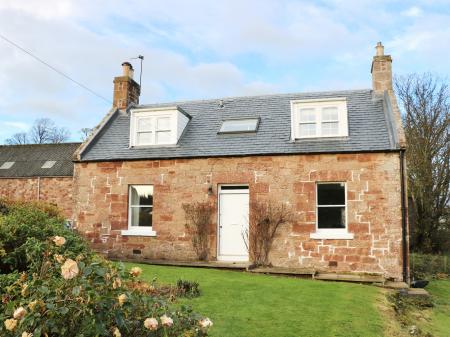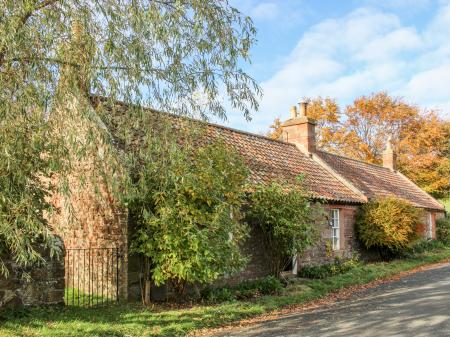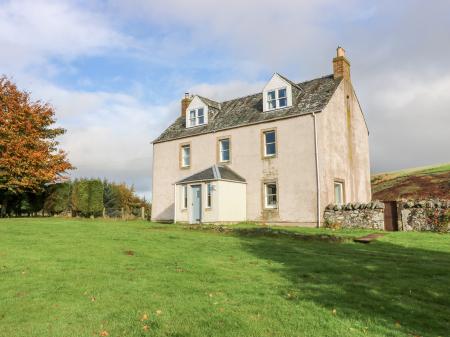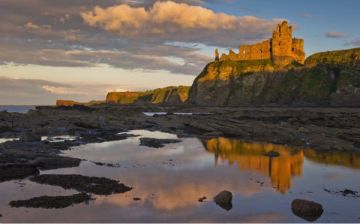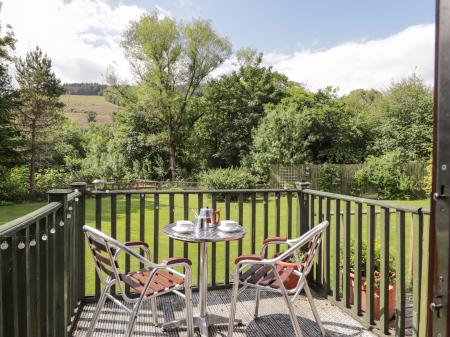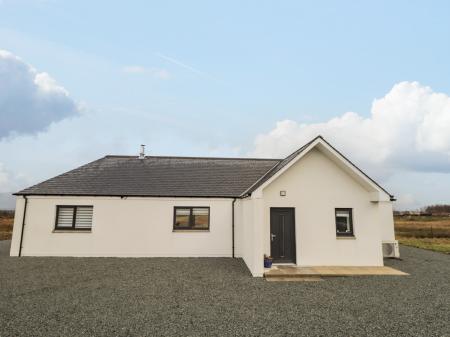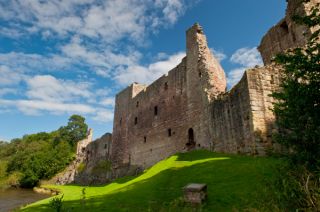
The Hepburn family owned Hailes until 1567. The last of the line was James, known to history as the 4th Earl of Bothwell, the man thought to have been behind the murder of Lord Darnley, husband of Mary, Queen of Scots. On 24 April 1567 Bothwell kidnapped the queen, and she is thought to have stayed at Hailes while being taken to Dunbar Castle. The Earl then married the queen, but his political career, and his life, did not last long enough to enjoy his new position.
After Bothwell's death, his estates reverted to the crown, and James VI granted Hailes to Hercules Stewart. It later passed to the Seton family, who sold it in 1700 to David Dalrymple, who took the title of Lord Hailes. Finally, in 1926 the castle was granted to the Ministry of Works by the Earl of Balfour. It is now cared for by Historic Scotland.
Visiting Hailes Castle
It amazes me that Hailes is not better known. It is easily the equal of many more famous castles. I suppose one reason for its relative anonymity is that it is not so readily accessible as many other medieval castles in Lothian. It is not difficult or arduous to reach, mind you, but it is located on a very narrow country lane which would be difficult if not impossible for tour buses to navigate! Once you do reach Hailes, however, you know you're in a very special place. The setting is marvellous, with the river on one side and a quiet stream on the other. True, the castle ruins are not huge, but the walls certainly stand to a very good height, and the chapel is very well preserved. One feature I had not expected was the rows of pigeon boxes in one of the ruined castle chambers - a sign of the many uses a ruined building can be put to by practical farmers over the centuries!





 We've 'tagged' this attraction information to help you find related historic attractions and learn more about major time periods mentioned.
We've 'tagged' this attraction information to help you find related historic attractions and learn more about major time periods mentioned.